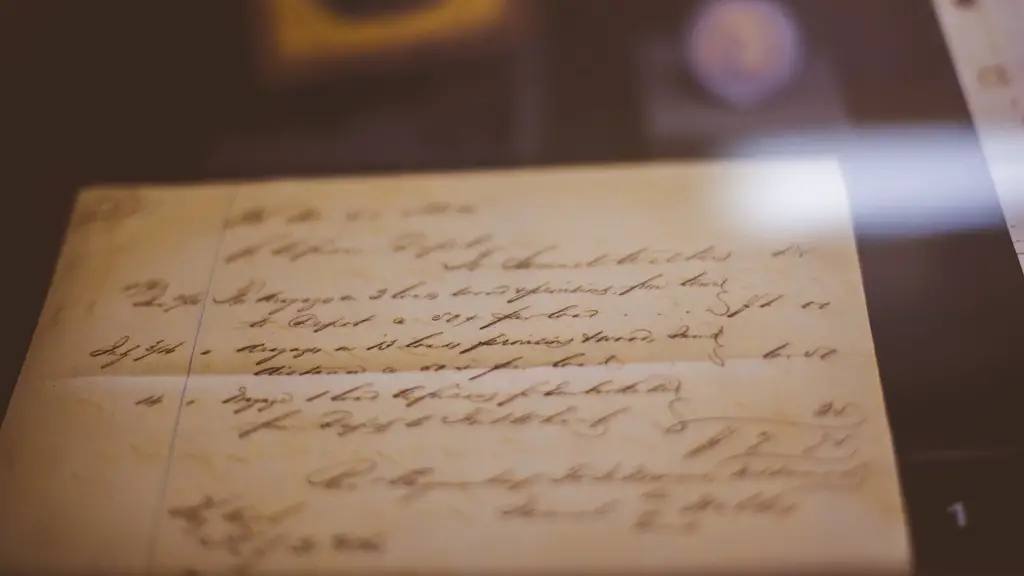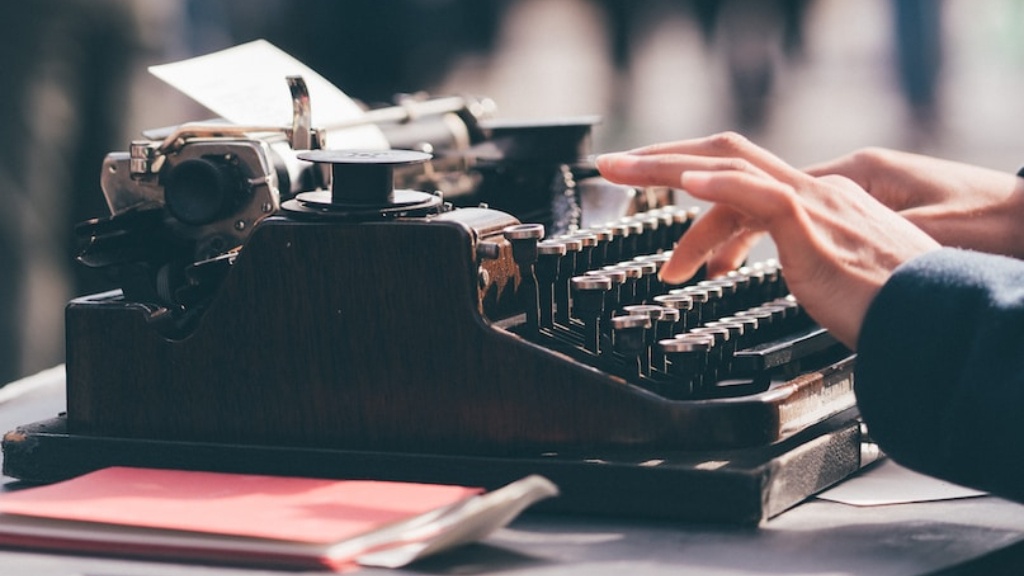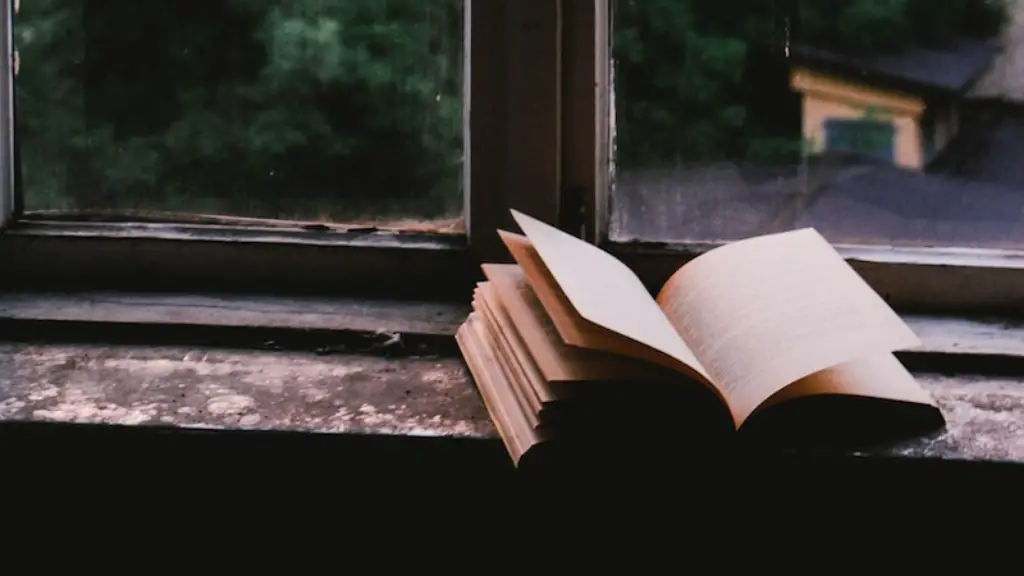Repetition in Poetry
Repetition is an essential element of poetry. It helps bring the story closer to the reader and gives the poem a feeling of momentum. Through repetition, poet is able to create a powerful and emotional effect.
Many famous poets such as John Keats and Robert Frost, as well as modern day figures like T S Elliot and Seamus Heaney, regularly employ repetition in their work. Repetition is used in poetry to draw attention to certain words or phrases, to highlight them and make them stand out. It can be used to emphasise feelings of joy, sorrow, or any other emotion.
A common rhetorical device used in poetry is anaphora. Anaphora is a technique of repeating the same phrase several times for effect. For example; ‘We shall not flag or fail, we shall go on to the end’ from Winston Churchill’s famous speech in 1940. This technique works by building anticipation in the reader as the same phrase is repeated and adding a sense of urgency and resolution.
The use of repetition in poetry is often associated with different kinds of rhythm. For example, Marianne Moore’s poem “The Steeple-Jack” uses repetition of the same first two lines to create a steady metre which is echoed throughout the poem. Similarly, Richard Wilbur’s “Advice to a Prophet” relies on repetitive phrases to create a cadence similar to a lullaby.
More subtle forms of repetition can also be seen in poetry. Seamus Heaney’s poetry frequently employs alliteration. Alliteration is when the same letter or sound is repeated in successive words, or when the same consonants are used closely together. This technique helps to draw attention to certain words and emphasise them, giving the poem an overall musical effect.
Repetition to Stimulate Emotions
Repetition can be used in poetry to stir the reader’s emotions. T S Eliot does this famously in “The Waste Land”. He uses the word “memoire” as a repeated refrain, which serves to link the poem’s disparate parts together and to trigger a sense of melancholia. Equally, G K Chesterton’s poem “What I Saw in a Poet’s Garden” uses poetic repetition to create a feeling of joy and wonder with words like “glad” and “castle”.
In free verse poetry, repetition can be used to create emphasis. Poet W H Auden often uses repetition of key phrases or words in his poems, such as in “Funeral Blues” or “Musee des Beaux Arts”. In both cases, he uses repetition to draw attention to key lines and create a feeling of sadness or despair.
In general, repetition is a powerful tool for poets. It helps to reinforce ideas, draw attention to certain words or images and to create a rhythm in their work. By using repetition, poets can add an emotional depth to their writing, which is often the primary aim of the poem.
Repetition to Reinforce Meaning
The use of repetition can also be used to reinforce or emphasise the overall message or meaning of the poem. This is done by repeating certain words or phrases to highlight their importance. For example, Robert Frost’s famous poem “The Road Not Taken” repeats the phrase “Two roads diverged in a yellow wood”. This repetition serves to emphasise the choice that the speaker is making and also to create a sense of finality.
In Emily Dickinson’s poem “I Never Lost as Much but Twice”, Dickinson uses repetition to emphasise the protagonist’s loss. By repeatedly using the words “loss” and “lost”, Dickinson is not only drawing attention to these words but is also creating an atmosphere of grief and despair. By using the same words, she reinforces the poem’s overall meaning.
The use of repetition in poetry is a powerful and effective way of conveying a message or emotion. By repeating certain words or phrases, poets can draw attention to certain words and make their meaning come alive. Repetition can also be used to create a rhythm or a feeling of anticipation in a poem.
The Role of Repetition in Poetry
The use of repetition in poetry is essential to its power and effectiveness. Repetition can be used to create a rhythm and atmosphere, to emphasise certain words or phrases, and to reinforce the overall message or meaning of a poem. By using repetition in their work, poets can create powerful and emotionally charged pieces of writing.
Repetition can also serve to create a connection between the author and the reader. By repeating certain words or phrases, poets can draw their audience into their work and make the poem more powerful for the reader.
Furthermore, repetition can be a great tool for reinforcing important concepts or themes within a poem. This can be seen in T S Eliot’s poem “The Waste Land” which uses the phrase “memoire” as a repeated refrain to draw attention to the poem’s overall theme of death and despair.
The use of repetition in poetry is an important and powerful tool. Repetition can help to create a sense of rhythm and atmosphere, to draw the reader into the poem, to emphasise certain words and phrases, and to reinforce the overall message or meaning of the poem.
How Repetition Influences the Reader
The use of repetition in poetry has a powerful effect on the reader. By repeating certain words or phrases, a poet can draw the readers attention and make them think more deeply about the poem. They can also create an emotional connection with the reader through the repetition of certain words or phrases.
Repetition can also be used to add suspense and mystery to a poem. Poet John Keats employs strong repetitions in “Ode on a Grecian Urn” to emphasise the role of time in the poem. By repeating the words “for ever” and “forever”, Keats creates an atmosphere of mystery and suspense, keeping the reader in a state of anticipation.
The use of repetition can also be used to create a change in tone within a poem. In G K Chesterton’s poem “What I Saw in a Poet’s Garden”, repetition of the word “glad” helps to establish a cheerful and joyous tone. This helps the reader to be immersed in the poem and to identify with the poem’s overall message.
In conclusion, the use of repetition in poetry can be an essential tool for poets. It can be used to draw the attention of the reader, to create suspense and mystery, to emphasise certain words or concepts, and to reinforce the overall message or meaning of a poem.
Structuring a Poem with Repetition
Repetition can be used by poets to create structure within a poem. By repeating certain words or phrases, a poet can create a rhythm and a pattern to the poem. This helps to emphasise certain words and concepts, and to add momentum and energy to a poem.
Repetition can also be used to hint at the underlying themes of the poem. In Wallace Steven’s poem “The Emperor of Ice-Cream”, Stevens uses repetition of words such as “sweets” and “silken” to suggest the theme of transience and mortality. By repeating these words, Stevens encourages the reader to think about the poem’s underlying meanings.
Furthermore, repetition can be used as a way to add complexity to a poem. In William Wordsworth’s “The Prelude”, he uses repetition of the same words and phrases to create a complex underlying structure to his poem. By repeating the same words and phrases, Wordsworth is able to create a sense of suspense and anticipation in his poem, which adds to its overall effect.
In general, repetition is an important tool for poets to add structure and complexity to their work. It can be used to create a sense of rhythm, to emphasise certain words or concepts, and to hint at the underlying meanings of a poem.
Conclusion
In conclusion, repetition is an essential tool for poets. It can be used to draw attention to certain words or images, to add structure to a poem, and to create a sense of rhythm. Repetition can also be used to stir the reader’s emotions, to reinforce the overall message of the poem, and to create suspense. By employing repetition in their work, poets can create powerful and emotionally charged pieces of writing.





